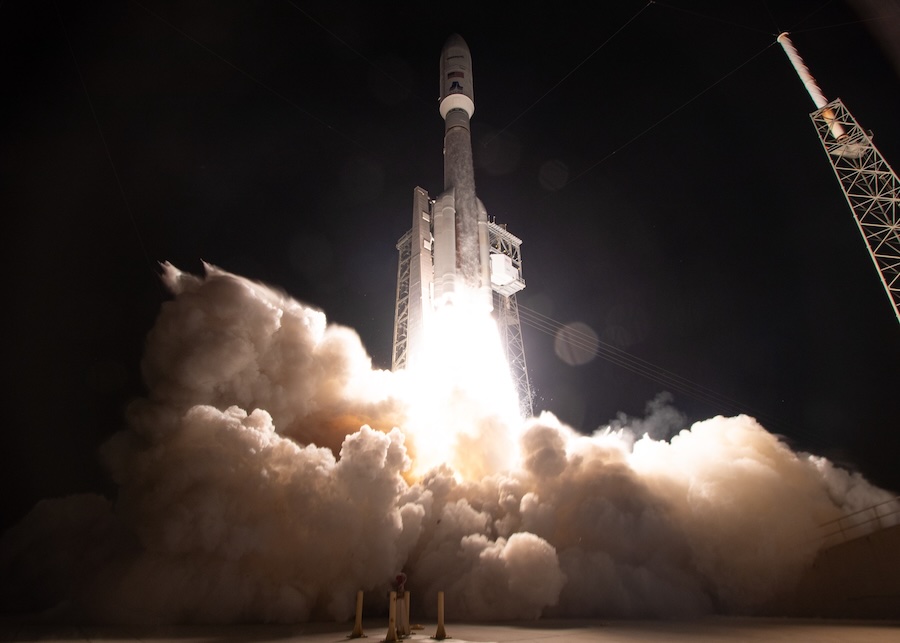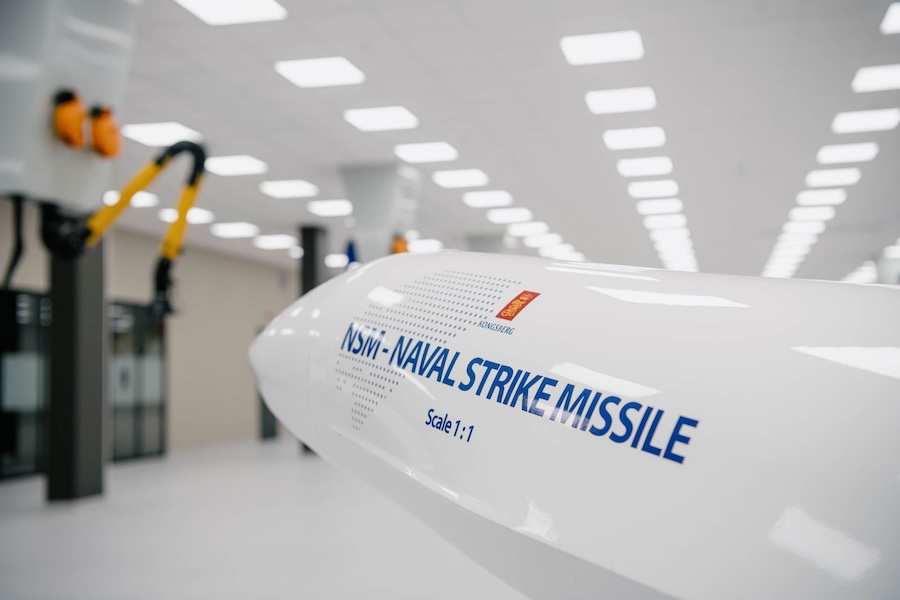ViaSat-3 F2 is expected to more than double Viasat’s bandwidth capacity and will support growing demand for resilient global satellite communications from commercial mobility and defence users. The spacecraft pairs Boeing’s all electric propulsion with high power Spectrolab solar arrays to sustain long term high throughput operations.
Teams in El Segundo, California, have begun preparing the satellite for deployments and subsequent orbit raising to its final geostationary position about 22,000 miles above Earth. In orbit testing will follow before the satellite is handed over to Viasat.
Michelle Parker, vice president of Boeing Space Mission Systems, said, “Our collaboration with Viasat focuses on enabling their impactful mission to connect everyone. We all know how important reliable high-speed connectivity is to our daily lives,” adding, “Delivering the second ViaSat 3 satellite demonstrates the strength of our partnership and disciplined mission assurance from design to factory to flight.”
The six metric ton class satellite is designed to provide over one terabit per second of total network capacity across land, air and sea. David Abrahamian, vice president, Space Systems, Viasat, said, “The ViaSat 3 ultra-high-capacity satellites are designed to deliver extensive benefits to our customers, including enhanced network efficiency, performance, coverage, and flexibility,” and added, “The successful launch of ViaSat-3 F2 is a milestone in our satellite roadmap and our close collaboration with Boeing is essential to achieving these goals.”
Boeing noted that the 702 satellite family has supported commercial and government missions for nearly thirty years. The enhanced 702MP+ configuration used for ViaSat-3 combines efficient all electric propulsion with advanced power systems to support the payload’s capacity and dynamic beam forming capabilities.


























